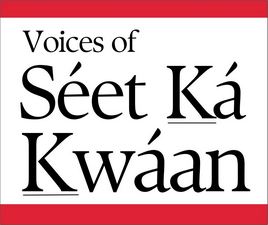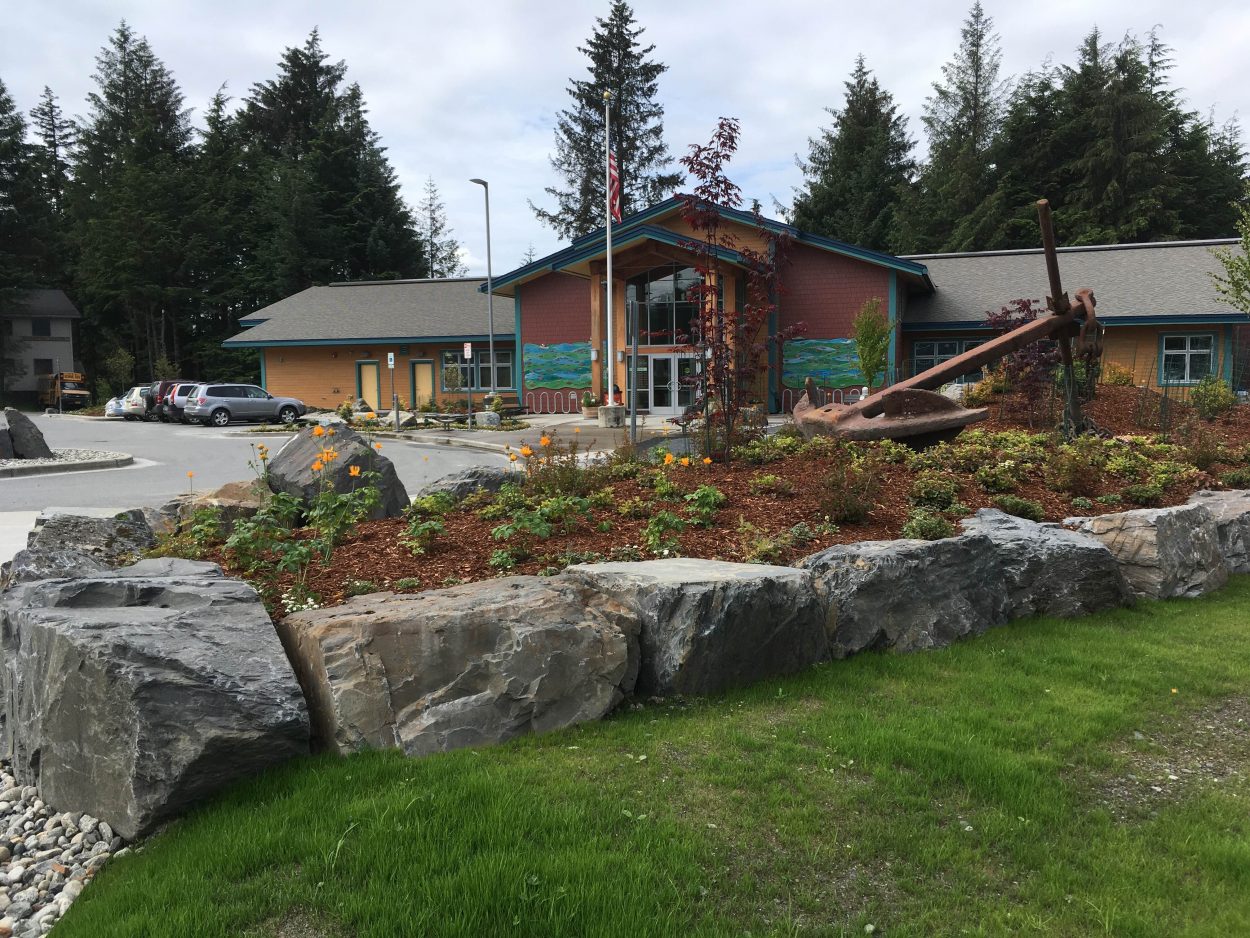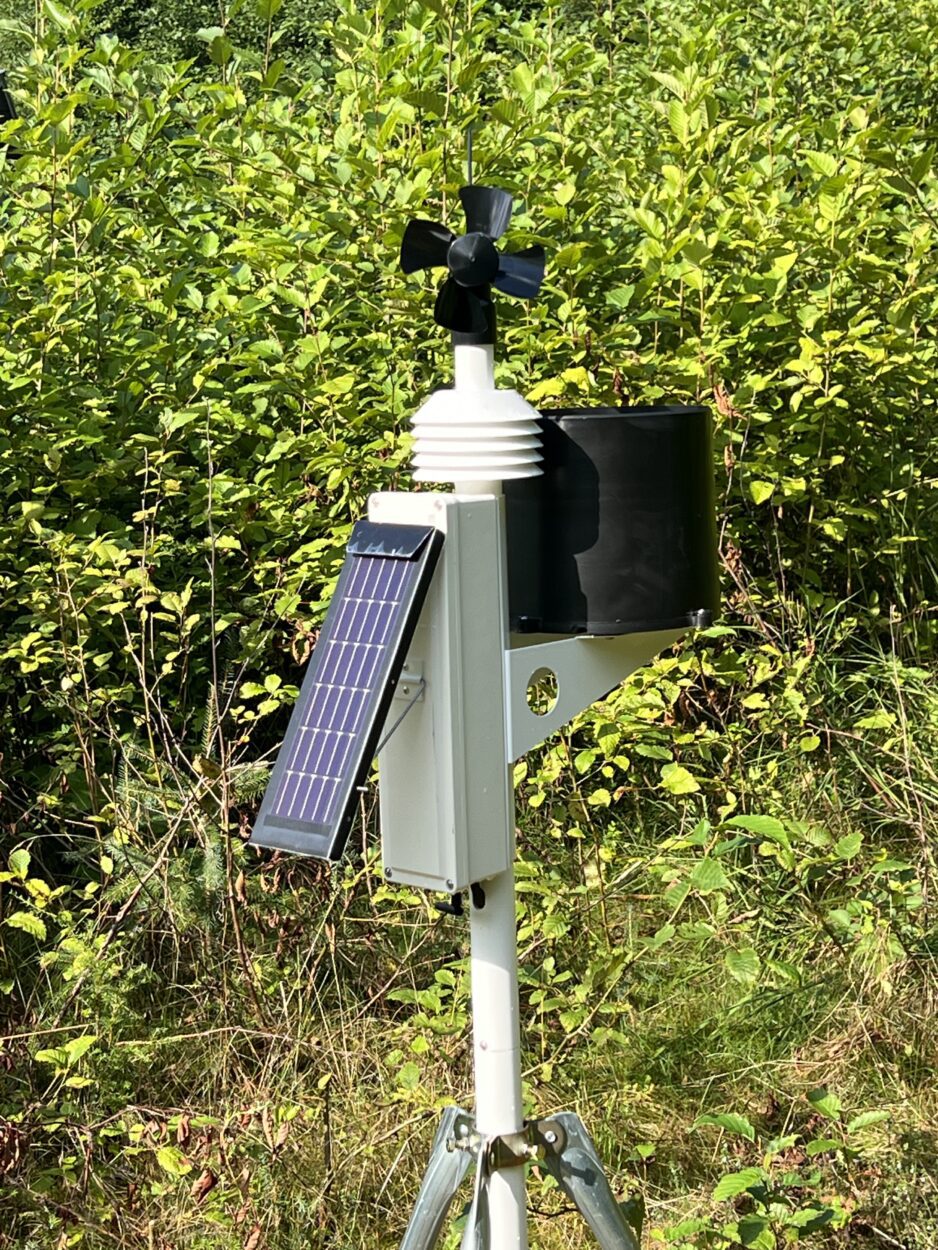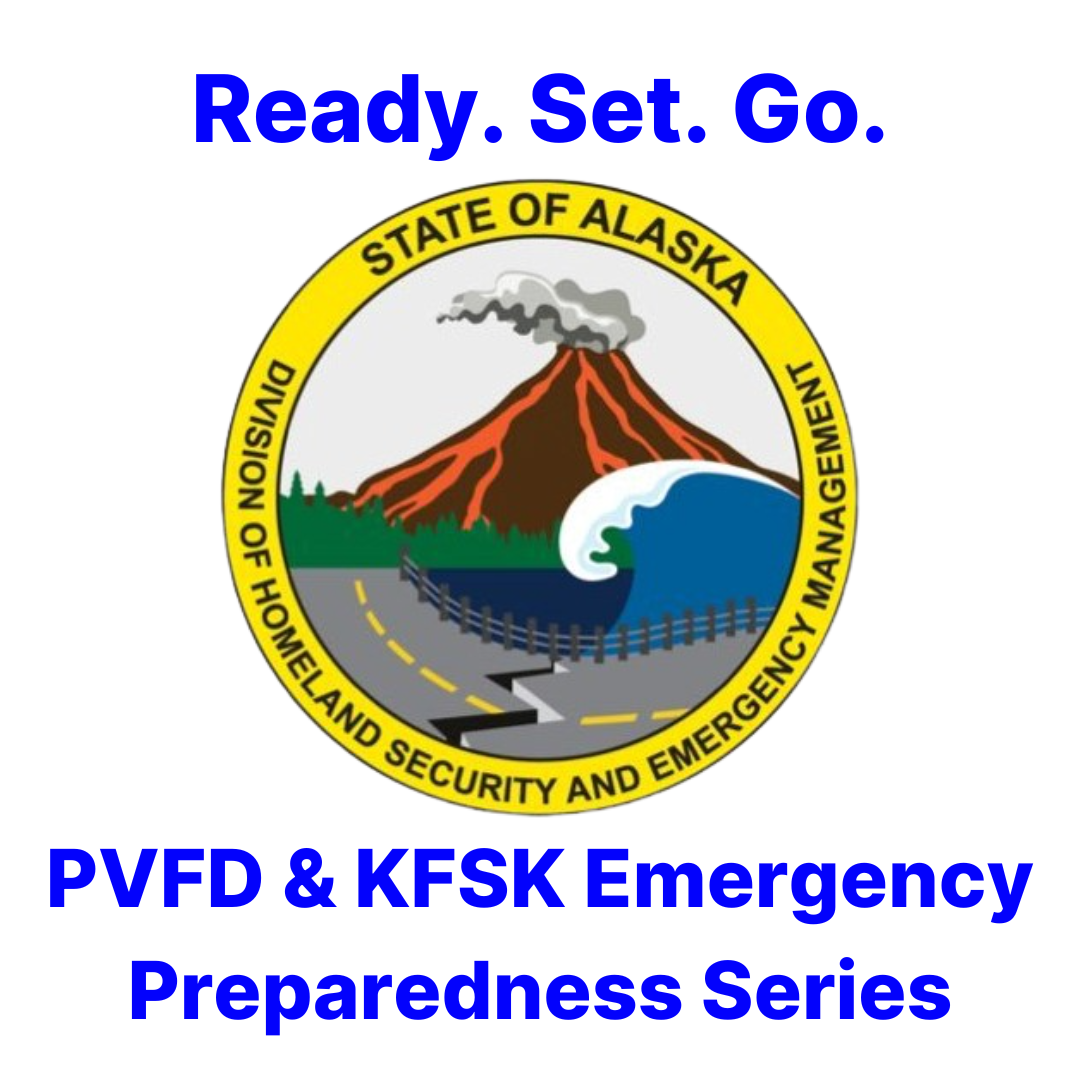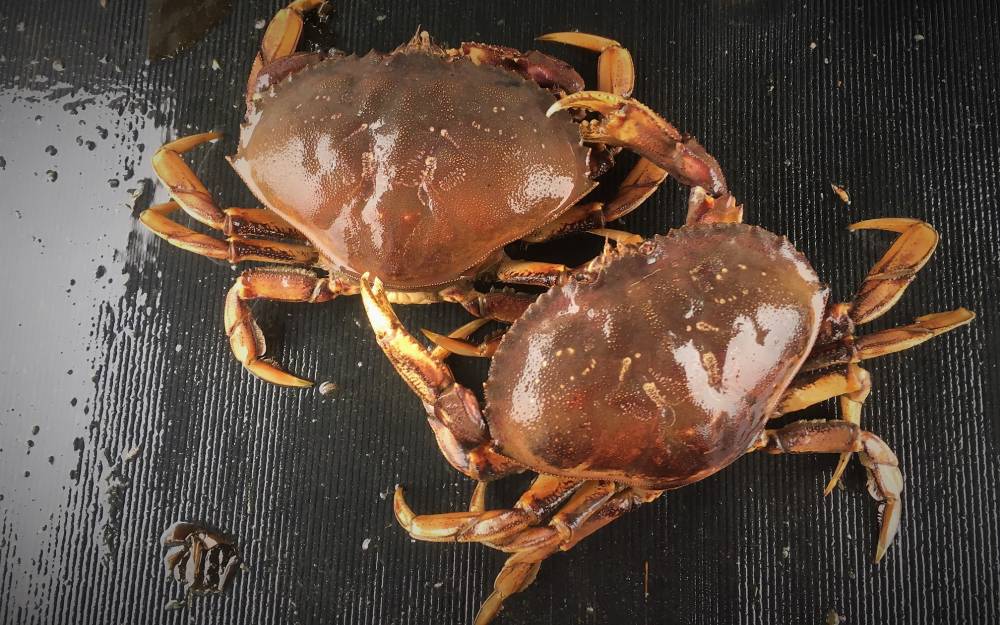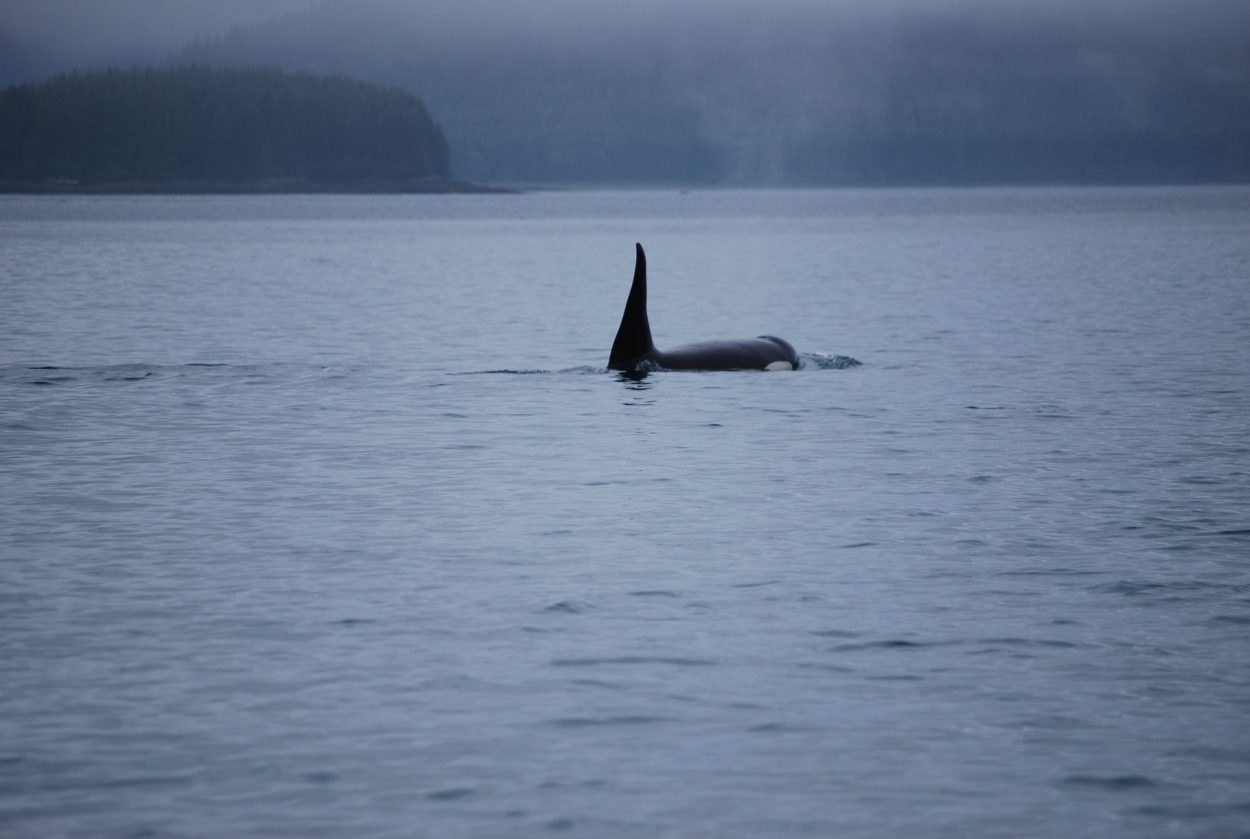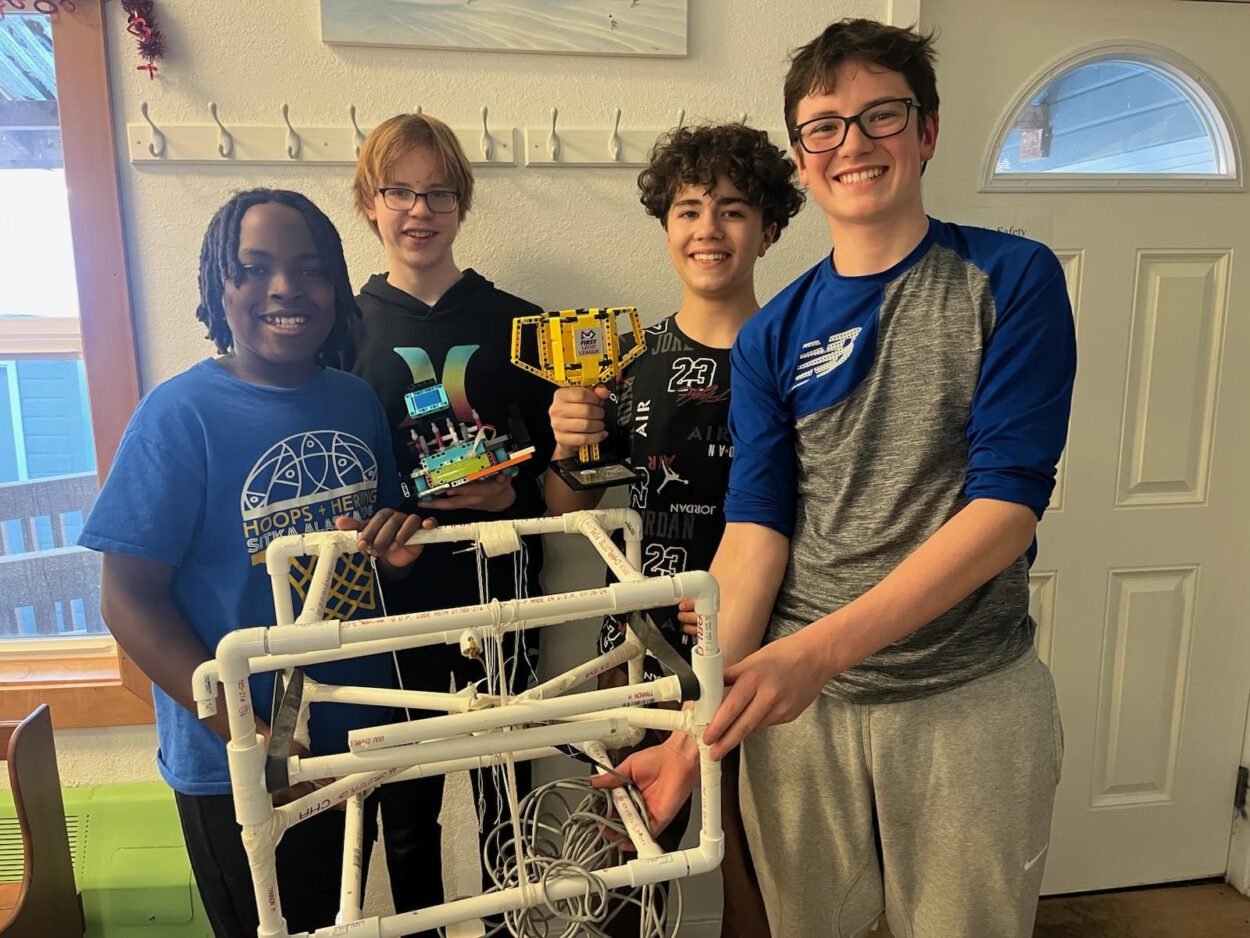
Listen here:
Petersburg’s middle school robotics team’s winning project in the innovation category wasn’t fully complete at the state competition. It was too dangerous.
“They’ll have spikes,” eighth grader Jackson Kandoll explained, “And they’ll swing forward, and latch onto the ice.”
The team took first place in the category – meant to help solve real-world problems. The category is one of four the team competed in at the state competition in Anchorage.
Scientists from Oregon State University are studying the nearby LeConte Glacier. They’re using underwater remotely operated vehicles, or ROVs, to bore into submerged ice. But the drilling pushes the ROVs away from the glacier, making it hard to take the sample. That’s where the dangerous spikes come in.
Andi Mihai is another eighth grader on the team. He says they learned about the scientists’ work in school. That sparked the idea.
“The Oregon State researchers are really good at what they do, and they had trouble with it,” he said. “So if we could find a solution, that’d be really great for our innovation project.”
Some robotics team members got to take a trip out to the glacier with the scientists.
“They lower the ROV in and then they try to drill into the ice to get a core sample to date the glacier, see how old it is, see how fast it’s receding, and salinity and all of that stuff,” Mihai said.
The team built a model of an ROV and added spikes to keep it in place. They tested it on plastic milk jugs to mimic ice. They brought the design to the scientists for feedback, and they made a full-sized ROV – about two feet square.
Beau Ward has been coaching the team for nearly a decade. He says most of the projects at the state competition were theoretical – they hadn’t been real-life tested like the ROV.
“Our project was very different from all the others up there, and so the boys were a little hesitant at first, like – ‘Maybe we didn’t do this right.’” he said. “But I think that originality really helped them a lot.”
He says the kids did do it right – the judges were looking for real solutions to real problems. He says that helped them take first place.
The team is hoping to test the ROV on actual ice before their next competition. There’s even talk of wrangling a LeConte Glacier iceberg and towing it to town once the weather’s warmer.
Another category the teams are judged in is called “gracious professionalism” – basically being able to work together.
“That seems to be the number one thing,” Ward said. “Because you can have a kid who’s a really good programmer, has done all this stuff with the robot, but if you don’t get along with your team, it doesn’t actually work.”
A third category involves programming a Lego robot to do a bunch of different tasks on a large Lego board.
Andi Mihai says programming the robot is a big challenge. He says sometimes a code works five times in a row – and then it just stops working. It’ll start doing something completely different. He says that’s the most annoying thing about robotics.
“You have no idea what happened,” he said. “And then you might change the code to adapt, and it might go back to what it was doing before. So then your codes are wrong again, so it’s just trial and error and then hoping that the robot doesn’t go wacky before competition.”
There were glitches with the team’s Lego robot during the state competition. And Coach Ward says there was just some bad luck. But it wasn’t enough to take them out of the running. The team placed fourth overall out of 29 teams, qualifying for nationals in Boston in June.
The middle school robotics team will be fundraising for their trip to Boston in the coming months. KFSK will have PSAs about fundraising even




